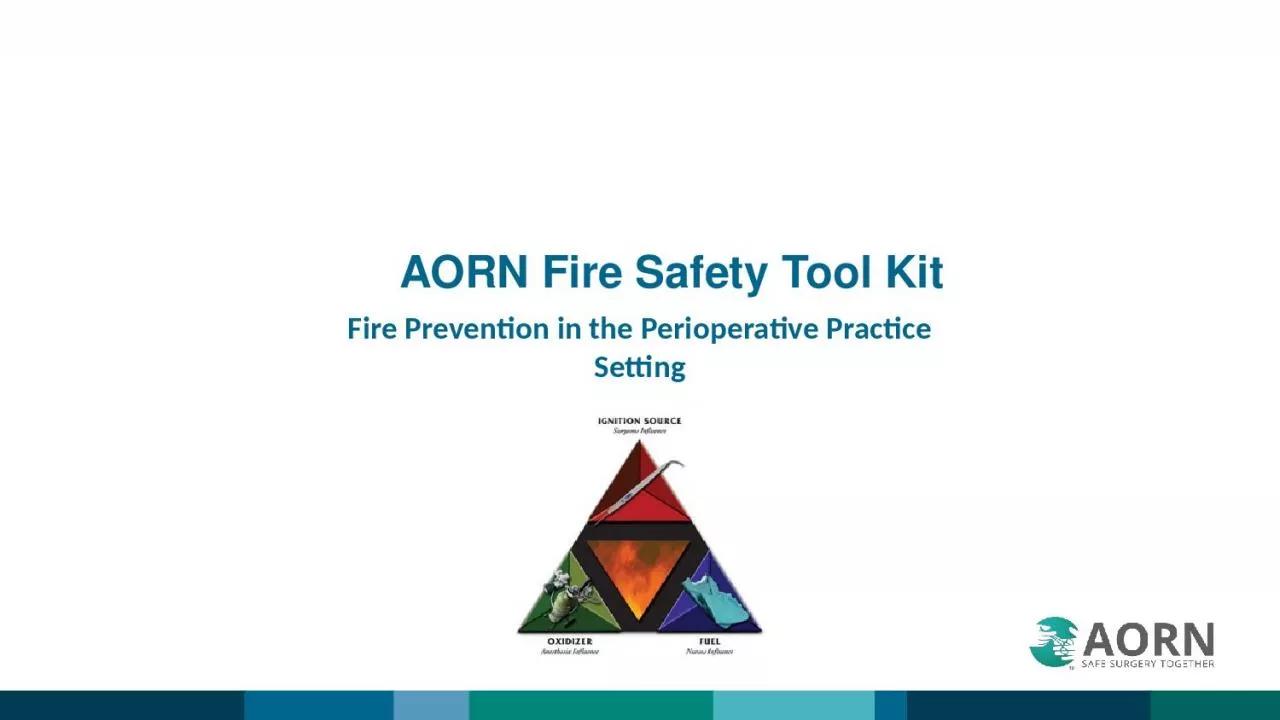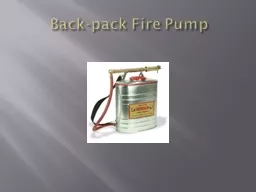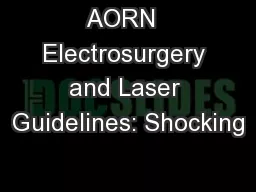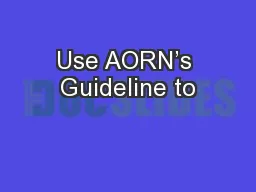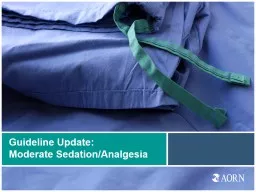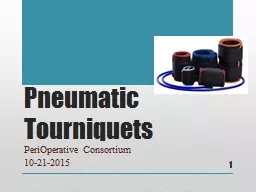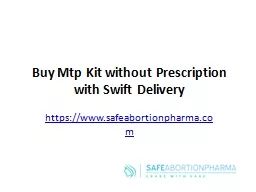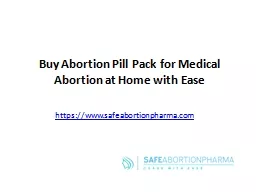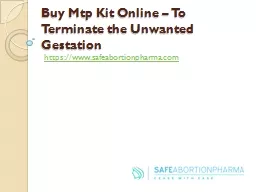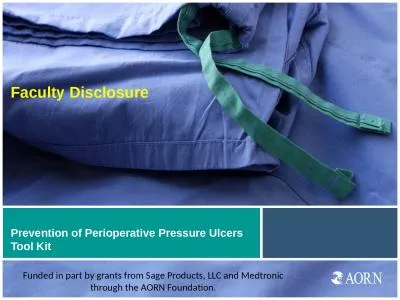PPT-AORN Fire Safety Tool Kit
Author : elysha | Published Date : 2024-02-02
Fire Prevention in the Perioperative Practice Setting After completing this learning activity perioperative team members will have increased knowledge of fire safety
Presentation Embed Code
Download Presentation
Download Presentation The PPT/PDF document "AORN Fire Safety Tool Kit" is the property of its rightful owner. Permission is granted to download and print the materials on this website for personal, non-commercial use only, and to display it on your personal computer provided you do not modify the materials and that you retain all copyright notices contained in the materials. By downloading content from our website, you accept the terms of this agreement.
AORN Fire Safety Tool Kit: Transcript
Download Rules Of Document
"AORN Fire Safety Tool Kit"The content belongs to its owner. You may download and print it for personal use, without modification, and keep all copyright notices. By downloading, you agree to these terms.
Related Documents

